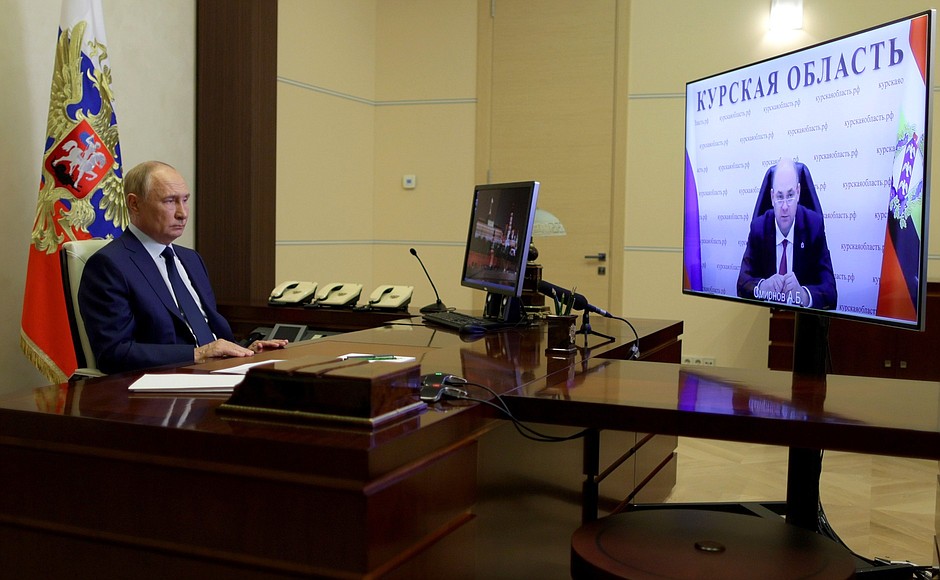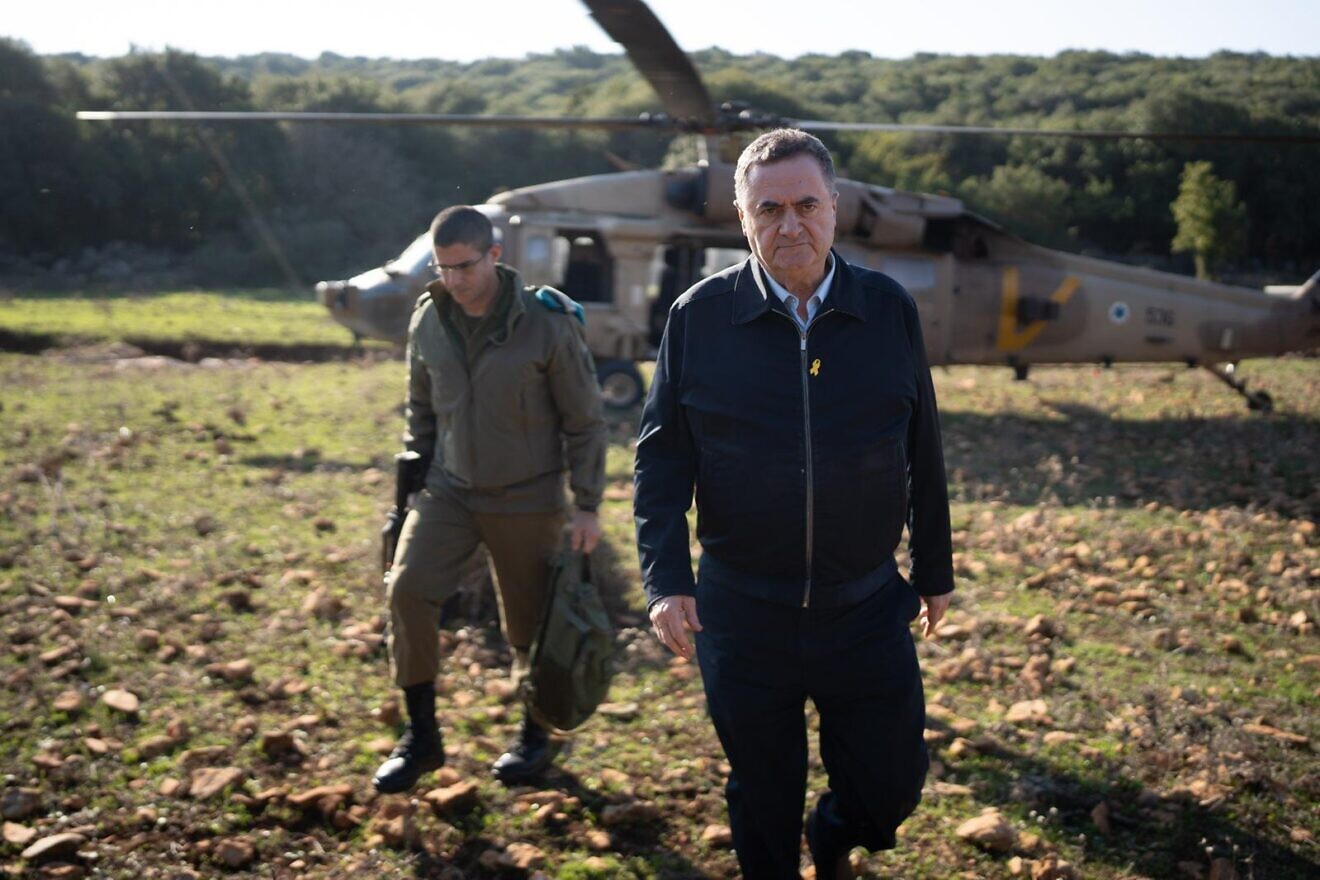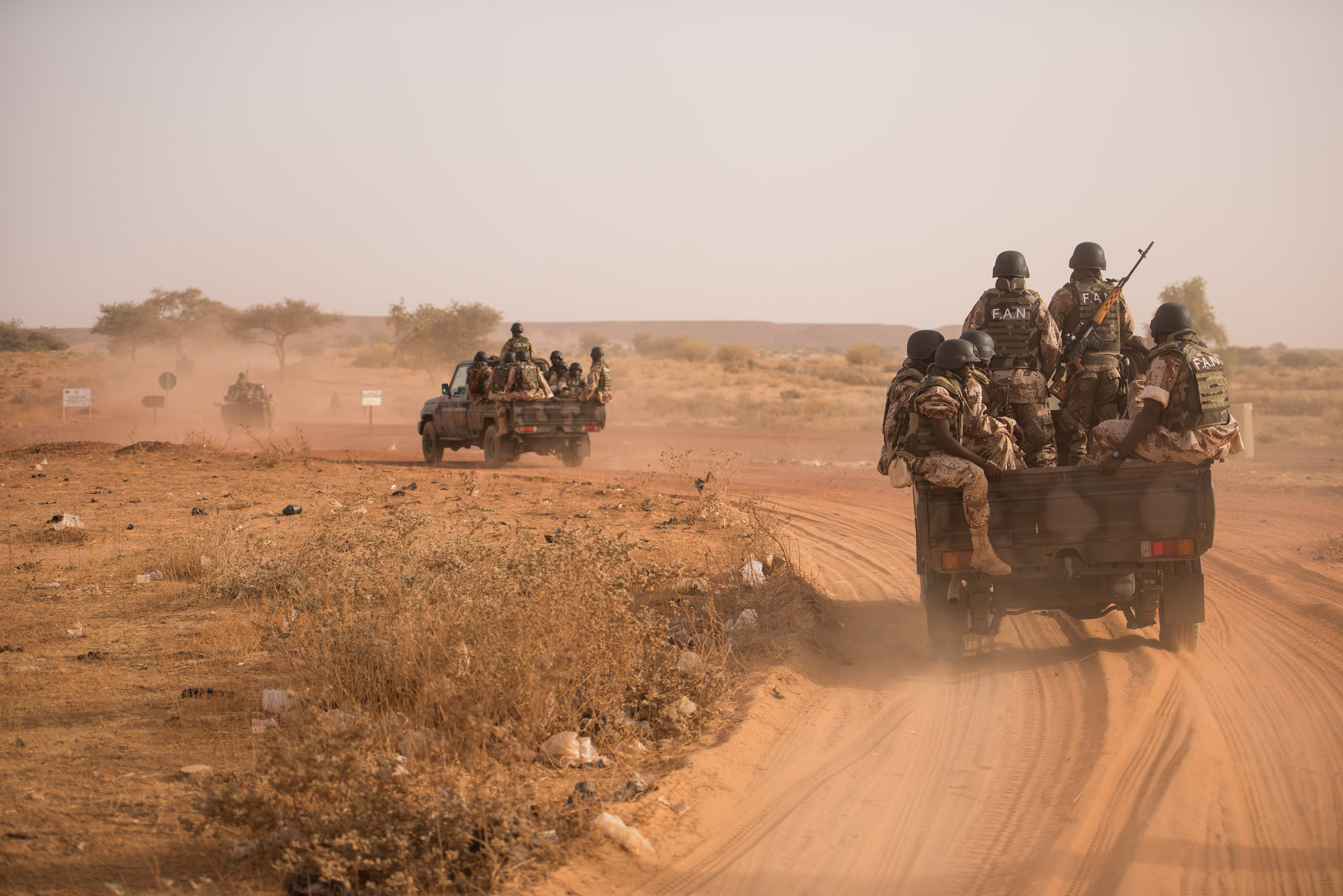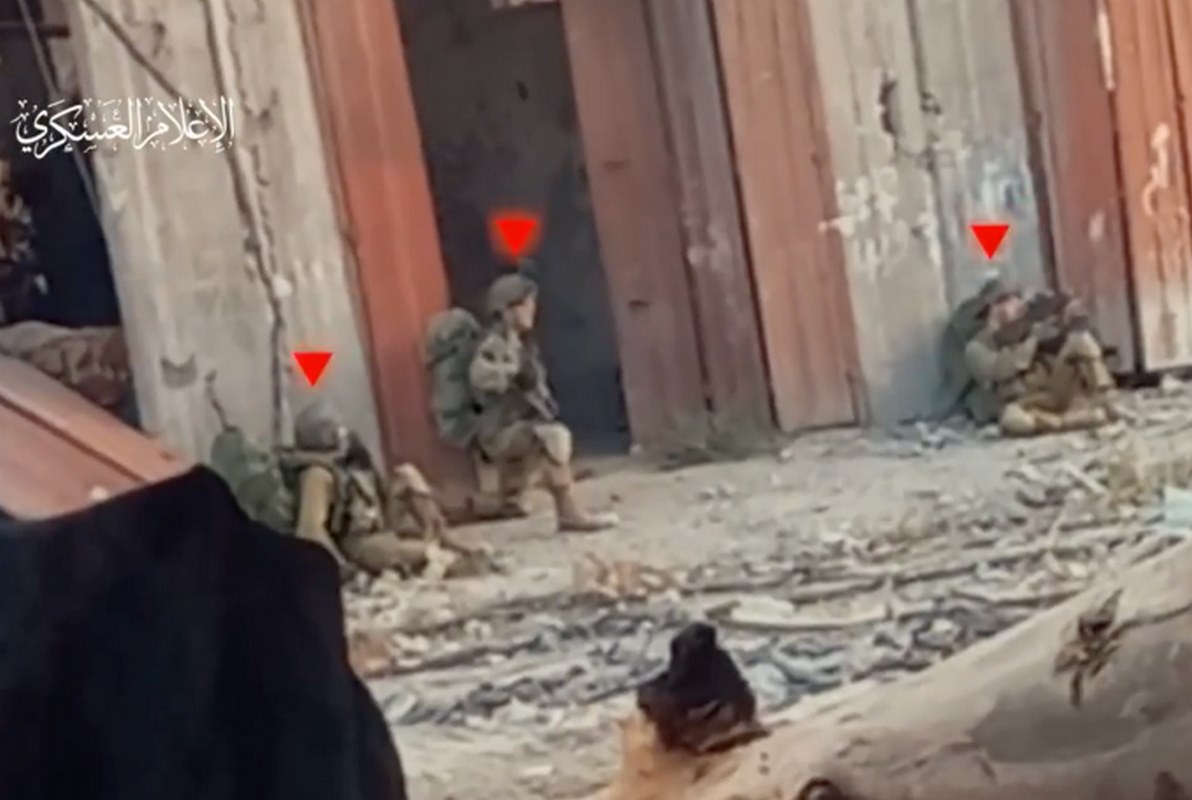History demands of Russia the complete and total withdrawal of Ukrainian forces from their recent offensive in Kursk Oblast. Throughout the war, Russian President Vladimir Putin has noted that Ukraine was the entrance point to the most significant land invasion in Russian history.
That invasion took place in several areas, none larger than in Kursk where the largest land battle in human history took place in 1943, involving 800,000 Germans and 1.8 million Russians, 3,000 German tanks and 5,000 Russian tanks, 2,000 German aircraft and 2,700 Russian aircraft, and 9,500 German artillery pieces and 25,000 Russian artillery pieces.
The numbers deployed during the Soviet counter-offensive were substantially larger even than this, with Soviet manpower reaching 2.5 million. The highest reputable estimates put the Red Army casualties at 450,000 killed, and 1.2 million wounded. The ‘Battle’ took place in separate events across a 1,200-mile front over 6 weeks of struggle and resulted in a Soviet victory despite suffering three times the losses of the Germans.
It is referred to as the last gasp of Nazi aggression, and is cited often as a turning point in the European theater along with the Battle of Stalingrad.
At the present time, many of the most well-armed and well-equipped Ukrainian forces remaining have invaded Kursk Oblast to create “a buffer zone” according to President Zelenskyy, and to clear the border area of Russian capacity to hit inside Ukraine.
Officials speaking with anonymity told Bloomberg that the West doesn’t believe Ukraine can hold the ground it’s taken in Kursk, and that it has placed its eastern front in the Donbas at risk by diverting experienced troops.
A two-front war
Russian Federation troops have been making consistent, marginal gains week over week in the east, and are now poised to initiate the sieges of the last remaining Ukrainian strongholds in Donestk, which would give Moscow control over all the Russian-speaking areas of the east.
AP reports that officials in the city of Pokrovsk said in a Telegram post that Russian troops are “advancing at a fast pace. With every passing day there is less and less time to collect personal belongings and leave for safer regions”.
“Since the Kursk operation, I haven’t noticed any changes. The Russians have the same tactics of infantry assaults: They are moving, advancing,” a soldier by the call sign, Goose, told AP. “Russians are destroying and moving, destroying and moving”.
AP further reports that the incursion into Kursk has a third purpose along with securing the border region and diverting Russian forces from Donestk—the creation of a “fund” of prisoners for securing Ukrainian POWs in future agreements. The outlet reports that Ukraine’s human rights chief, Dmytro Lubinets claimed he spoke with his Russian counterpart, Tatyana Moskalkova, about a possible POW swap.
Kyiv Independent has been a consistent source of truth, delivered with understandable support for its native country. It reported that Bakhmut had been taken completely, days before Ukrainian spokesmen admitted it. The paper has also made no bones about delivering the most dreadful realities of Ukrainian infantry life to its readers, and writes that Russians capture “one village after another” in Donetsk while the Kursk incursion progresses.
The Independent reports that Ukrainian gains in Kursk have reached 1,000 square kilometers, and include the complete capture of the city of Sudzha, the largest city in the border area. It reported further that 300 Russian POWs have been captured, and that during a meeting of the Russian version of the General Staff, the governor of Kursk said Ukrainian forces were in control of 28 towns of various sizes.
The Independent claims that there are 1,000 Ukrainian troops currently taking part in the incursion, who President Putin said “will receive a worthy riposte”.
The New York Times hypothesizes that the incursion is to try and win better conditions in ceasefire talks.
“It’s very hard to imagine peace in our era unless Russia loses,” Yaroslav Yurchyshyn, a member of Ukraine’s Parliament, said in an interview. “The only solution to anything with Russia is: Make them pay”.
Yurchyshyn may be referring to Afghanistan in this regard, as it’s the only recent example of such thinking in the history books. The fall of the Soviet Union came about without war and without punishment. However, in Afghanistan Russia was overstretched by thousands of miles.
A better example, especially considering the battlefield in question, is the 1943 Battle of Kursk—the biggest example of ‘payment’ in the history of warfare. It exacted no payment from Russia that benefitted the attacker, and didn’t sweeten any discussion of a ceasefire, but rather inspired an unquenchable desire for vengeance. It remains to be seen if the 2024 Battle of Kursk becomes a sort of “last gasp” of its own. WaL
We Humbly Ask For Your Support—Follow the link here to see all the ways, monetary and non-monetary.
PICTURED ABOVE: President Vladimir Putin in discussion with Alexei Smirnov, the governor of Kursk. PC: Kremlin.ru CC 4.0.



